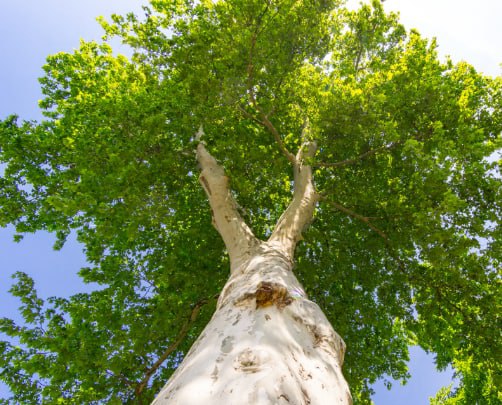
Introduction: Permaculture design creates sustainable and harmonious systems that synergise with nature. Hedges play a vital role in permaculture landscapes, providing habitat for beneficial wildlife, enhancing biodiversity, and serving as windbreaks and living fences. In this blog post, Hastings Tree Care explores how to incorporate hedges into permaculture design through thoughtful hedge-cutting techniques effectively.
Choose Native and Edible Species:
- When selecting hedge plants for your permaculture design, prioritise native species that are well-adapted to the local climate and soil conditions. Native plants are typically more resilient and require less maintenance, making them ideal choices for sustainable landscaping. Additionally, consider incorporating edible species into your hedge, such as fruit-bearing shrubs or perennial herbs, to provide food for humans and wildlife.
Design for Diversity:
- Embrace the principles of diversity and polyculture in your hedge planting design to create a resilient and productive ecosystem. Mix and match different plant species with varying heights, foliage textures, and flowering times to maximise biodiversity and ecological benefits. Incorporating a diverse range of plants attracts a wide array of pollinators, beneficial insects, and birds, creating a thriving and balanced ecosystem within your hedge.
Practise Regenerative Pruning:
- Regenerative pruning is a holistic approach to hedge cutting that focuses on enhancing the health and vitality of the plants while promoting natural growth patterns. Rather than rigidly shaping the hedge into geometric forms, regenerative pruning involves selectively removing dead, diseased, or overcrowded branches to encourage new growth and rejuvenation. By working with the natural tendencies of the plants, regenerative pruning supports the long-term health and resilience of the hedge.
Foster Wildlife Habitat:
- Hedges play a crucial role in providing wildlife habitat, shelter, nesting sites, and food sources for birds, insects, and small mammals. When hedge cutting, aim to create a diverse and structurally complex habitat that meets the needs of a wide range of wildlife species. Leave some areas of the hedge untrimmed to provide dense cover and nesting opportunities incorporating flowering plants and berry-producing shrubs to attract pollinators and birds.
Implement Water-Harvesting Techniques:
- Incorporate water-harvesting techniques into your hedge design to maximise water efficiency and promote soil health. Planting hedgerows on contour or using swales and berms can help capture and retain rainwater, reducing erosion and improving soil moisture levels. Additionally, mulching around the base of the hedge with organic matter can help conserve moisture, suppress weeds, and nourish the soil, creating a more resilient and water-efficient hedge ecosystem.
Conclusion: Incorporating hedges into permaculture design offers numerous benefits for the environment and the gardener. By choosing native and edible species, designing for diversity, practising regenerative pruning, fostering wildlife habitat, and implementing water-harvesting techniques, you can create a vibrant and resilient hedge ecosystem that enhances biodiversity, improves soil health, and supports sustainable living.
Call us on: 01424 619092
Click here to find out more about Hastings Tree Care
Click here to complete our contact form and see how we can help with your tree’s needs.